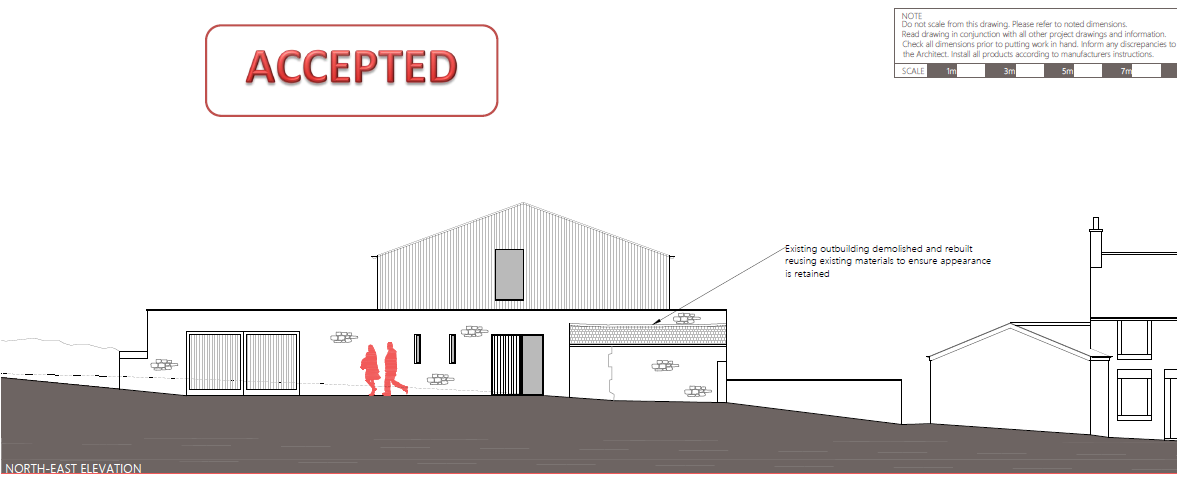The Great Crested Newt
Our neighbours talk of them in hushed tones. Our friends look puzzled, and then after a few moments get that thousand yard stare. It’s easy to bore people when you mention the humble newt. But people on buildhub.org.uk searching for what to do about them in planning terms won’t be bored. So here is a summary of our experience in the hope that I can save you some time, money and worry.
Quick Read: The great crested newt (GCN) is a protected species. It is unlawful to handle them (unless you are qualified) and illegal to -knowingly- injure or kill them. If you live near (250m) a pond, an initial survey must be done to see if they are present (as well as other species). If that initial survey finds evidence of them, a full survey must be done. That survey forms the basis of an application for a license to exclude GCNs from the construction area. The exclusion exercise must be properly run, and can take up to 80 days, during which time no other building work can be done inside the site boundaries.
Imagine the rictus grin on our faces when we realised the consequences of our dear dear children’s favourite summer holiday pastime. Fetching buckets full of GCNs from the surrounding ponds and pools and putting them in ‘our’ ponds. We are, even as we speak, trying to reclaim the pocket money we gave them.
Ah, such innocent times they were when it ‘were-all-green-fieulds-rouwnd-heer’ earlier last century.
GCNs add at least a year to any building project; one bit of building-lore that we were told that seems to be proving to be true. We started planning our Outline Planning Permission application in January last year. GCNs are active when the outside air temperature is (roughly) +7C. And go to bed when it’s less than 7. So that makes their active time from about late April to early October. Right now (January) they are tucked up in bed in a foundation block near you, snoring gently. They are nocturnal beasts: so they are sneaky little things: you might spend all your life never knowing that a GCN is rat-like, never more that 10 meters from where you are. I overstate a little – mostly it matters not a tinkers cuss. But when you want to build, there’s no avoiding the issue.
The full pre-planning application survey which must be done by qualified ecologists is, in essence, an educated guess at the population size. That survey (which will focus on other species too) forms the core of the application toNatural England (link last checked January 2015). I thought the survey we paid for was a definitive document. It isn’t. It’s an educated guess. The confidence levels in predicting population size on the basis of the ecologists’ survey is close to zero.
Mustn’t grumble eh?
We were given full planning permission to build in October 2015 and we've only just been give the EPS Licence (May 2016). A work schedule was agreed in October 2015, but not followed. I have expressed my disappointment in the appropriate places.
There's a lesson then. Project management is important - the devil is in the detail.
Costs? I’ll do a separate article about that. About £1500 spent getting us this far, and a guess of another £1500 at least for the next phase.
-
 1
1



2 Comments
Recommended Comments
Create an account or sign in to comment
You need to be a member in order to leave a comment
Create an account
Sign up for a new account in our community. It's easy!
Register a new accountSign in
Already have an account? Sign in here.
Sign In Now